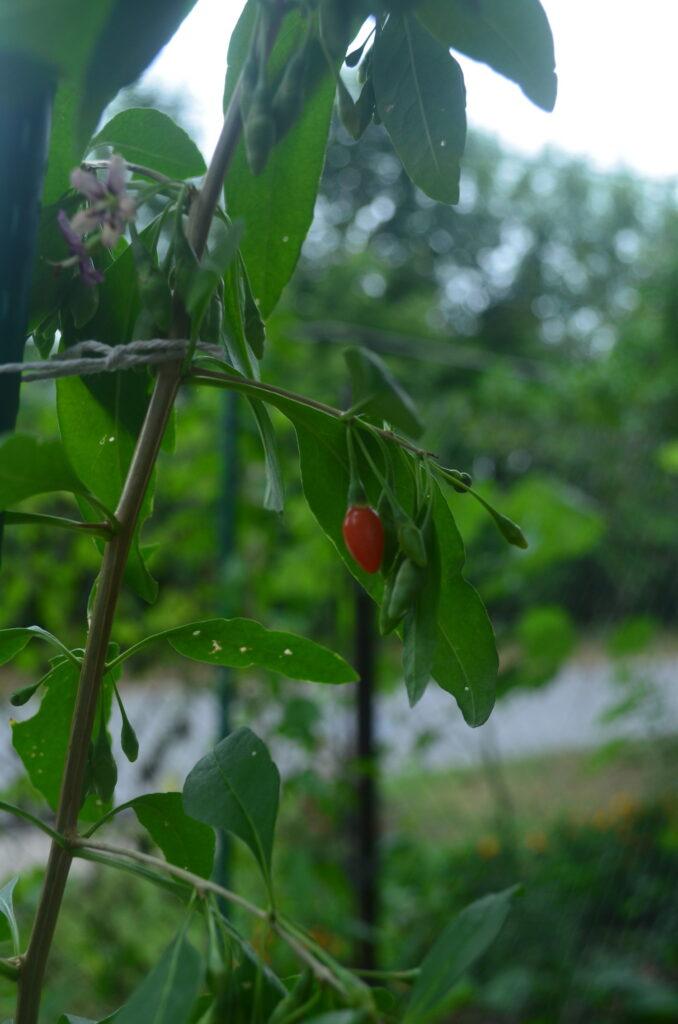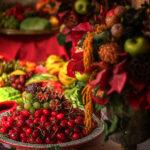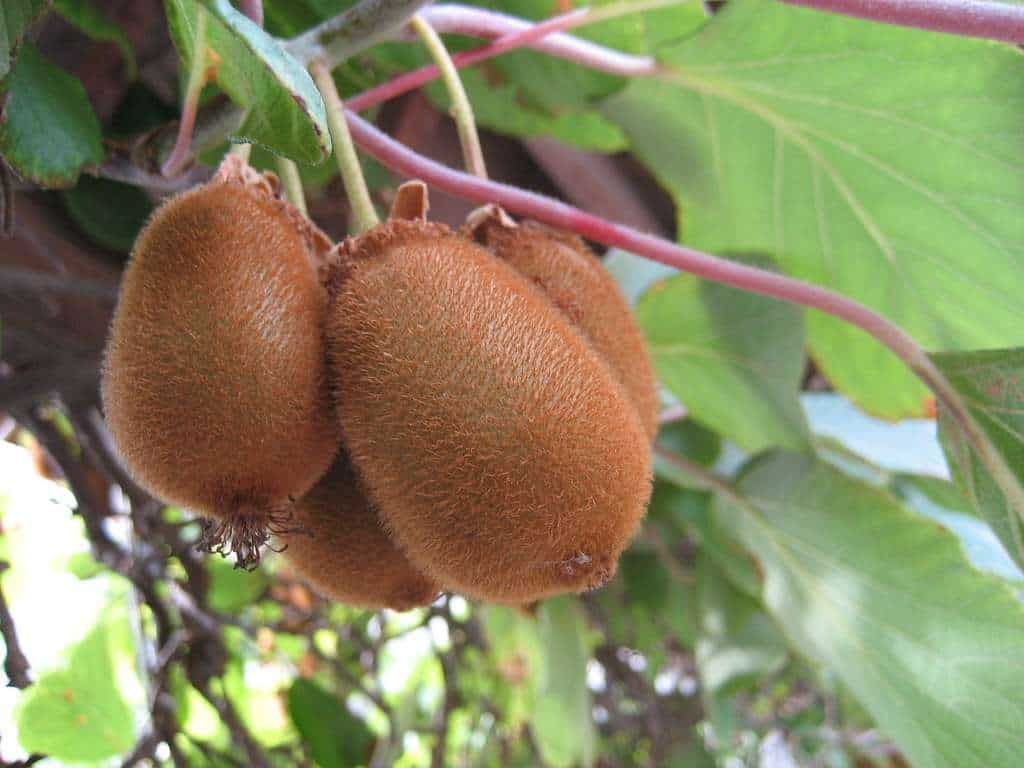Growing Goji berries, also known as wolfberries, are a delicious and nutritious addition to any backyard food forest garden. These versatile berries can be used in a variety of ways, from making jams and jellies to adding them to smoothies and baked goods. But before you can start incorporating goji berries into your cooking and gardening, you need to know how to grow them.
Growing Goji Berries

The first thing to consider when growing goji berries is the climate. These berries are native to China and Tibet and prefer a warm, dry climate with well-drained soil. They can be grown in USDA hardiness zones 4–9, but may need protection from frost in colder climates. If you live in a colder climate, consider growing goji berries in a greenhouse or in a container that can be brought indoors during the winter.
When it comes to planting, goji berries can be grown from seed, but it is more common to propagate them through cuttings. The best time to take cuttings is in the late summer or early fall. Make sure to use a sharp, clean pair of pruners to take your cuttings, and be sure to remove any leaves from the bottom 2/3 of the cutting. Once you have your cuttings, you can either plant them directly in the ground or in a container with well-draining potting soil.
Goji berries prefer full sun, but can tolerate some shade. They should be planted in an area that gets at least 6 hours of direct sunlight per day. It is also important to note that goji berries are very drought tolerant and do not need to be watered frequently. If you are growing them in a container, be sure to use a well-draining potting soil and only water when the soil is dry to the touch.
Fertilizing goji berries is not necessary, but if you want to give them a boost, you can use a balanced organic fertilizer in the spring. They also benefit from regular pruning to promote bushier growth and more fruit production.
Goji berries are ready to harvest in the fall, when the berries turn bright red. They can be eaten fresh off the bush or used in cooking.
Keyword: growing goji berries, tips for growing goji berries, steps for growing goji berries
Check out Little Tree Food Forest for articles on food forests and homesteading.
Check out StoryScapes for articles on creative writing.
Related Content
Related Content
Subscribe to our newsletter to get information delivered to your inbox on edible landscaping, growing food and medicinal plants, growing mushrooms, foraging, fermentation, food preservation, raising small livestock, and more.











